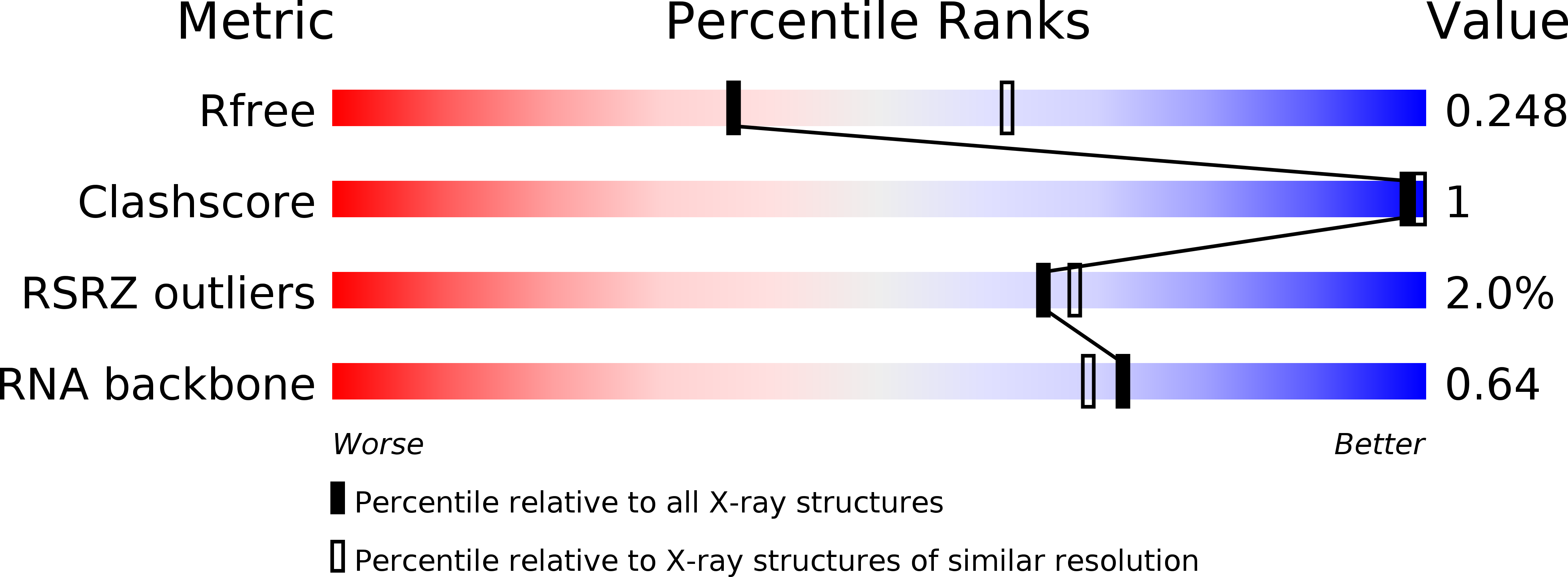
Deposition Date
2010-12-22
Release Date
2011-05-11
Last Version Date
2024-02-21
Entry Detail
PDB ID:
3Q3Z
Keywords:
Title:
Structure of a c-di-GMP-II riboswitch from C. acetobutylicum bound to c-di-GMP
Biological Source:
Source Organism:
Clostridium acetobutylicum (Taxon ID: 1488)
Method Details:
Experimental Method:
Resolution:
2.51 Å
R-Value Free:
0.23
R-Value Work:
0.17
R-Value Observed:
0.18
Space Group:
P 1 21 1


